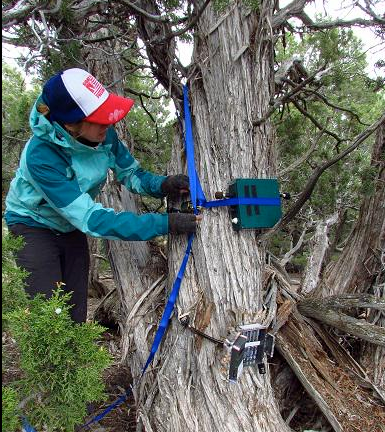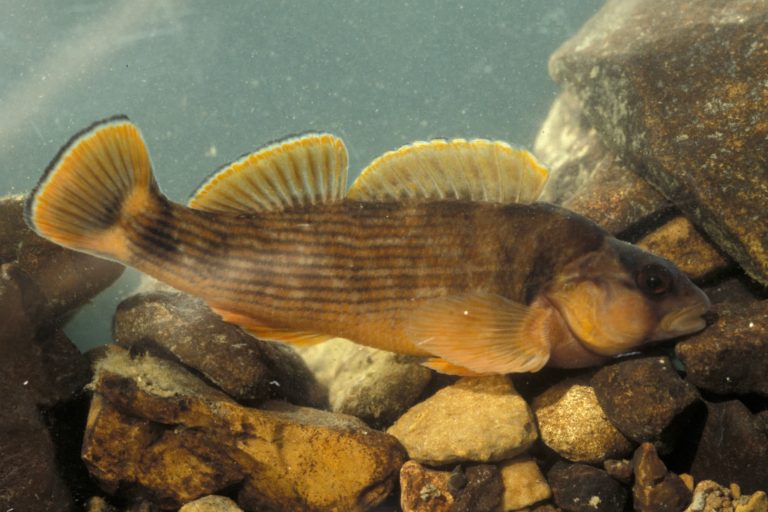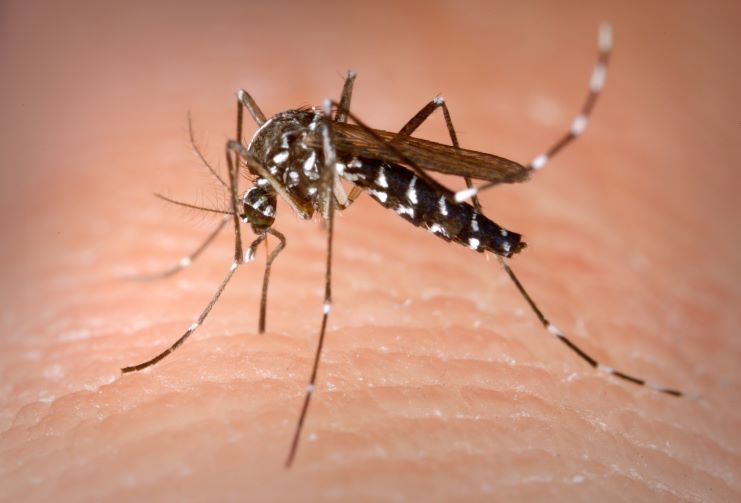
Planes and vehicles are main culprits of masking iconic natural sounds in peaceful national parks
Nearly 47,000 hours of audio recording reveals vehicles, air craft are primary sources of human-caused noise in U.S. national parks

Nearly 47,000 hours of audio recording reveals vehicles, air craft are primary sources of human-caused noise in U.S. national parks

ESA announces the publication of a new report, “Impacts to Wildlife of Wind Energy Siting and Operation in the United States,” in ESA’s Issues in Ecology publication.

Longfin smelt use a greater diversity of spawning areas than previously known, complicating current methods of population assessments and projections for the highly endangered fish.

Osvaldo Sala became President of the Ecological Society of America (ESA) August 16 during the Society’s annual meeting in Louisville, KY. Sala is the first Hispanic person to serve in this role in the organization’s over-100-year history.

The Ecological Society of America (ESA) will donate over $13,800 to Louisville Grows to offset the environmental costs of the society’s 104th Annual Meeting.

The first National Biodiversity Championship will be conducted this year in Louisville, Kentucky, August 11 – August 14, concurrent with the 2019 Annual Meeting for the Ecological Society of America.

ESA will present its 12th annual Regional Policy Award to Representative John Yarmuth, who represents Kentucky’s third congressional district in the U.S. House of Representatives, during the Society’s Annual Meeting in Louisville, Kentucky.

When wildfires burn up forests, they don’t just damage the trees. They destroy a key part of the global carbon cycle. Restoring those trees as quickly as possible could tip the scale in favor of mitigating severe climate change.

Combining solar panel (photovoltaic) infrastructure and agriculture can create a mutually beneficial relationship. This practice of co-locating the two by planting crops under the shade of solar panels is called agrivoltaics.

Pathogens attack invasive trees and native trees differently, even when the tree species are closely related, in the same genus.

Lionfish in Florida are an underwater force to be reckoned with. The biggest threat they pose is not their venomous spines – it is the alarming speed and ferocity with which they invade new waters.

ESA 2019 Preview: Human-induced land use change is the primary driver of EIDs, including those carried by mosquitoes such as malaria, dengue, Zika, EEE, and West Nile. Why, then, does land-use planning often fail to recognize the effects these changes have on the risk of spreading disease?

New research on damselflies in northern Africa suggests that females may facilitate the reproductive success of inferior males when their health is at risk.

The following selected sessions and events at the Annual Meeting delve into this year’s meeting theme.

In her new role, Cottingham will lead Ecology in publishing research articles from across the biological and ecological sciences.

“Pop-up parks” serve important conservation functions by providing small-scale habitat refuges in urban environments and deliver a suite of ecosystem services to urban residents and wildlife alike.

In a new study published in Frontiers in Ecology and the Environment, a team of researchers gain further insight into the dynamics of the exotic pet trade and the role it plays in the introduction of invasive vertebrate populations across the globe.

The Ecological Society of America recognizes Sara P. Bombaci, Jacqueline J. Peña, and Joshua Scholl for awards for outstanding student research.

Get a sneak peek at these new scientific papers, publishing on May 6, 2019, in the Ecological Society of America’s journal Frontiers in Ecology and the Environment.

Unlike many migratory species, Galapagos giant tortoises do not use current environmental conditions to time their seasonal migration.